When I was 24, I realized the 9-to-5 life wasn’t for me.
I saw a tweet about a freelance social media marketing role, applied, and jumped headfirst into the world of freelance marketing.
Within about 12 months, I was making nearly double what I’d earned in my full-time job. It was one of the best decisions I ever made.
And whatever your situation —
Looking to retrain or learn new skills
Keen on becoming your own boss
Wanting to earn a bit of money on the side of your full-time job
— becoming a freelance marketer can help.
But getting started can feel daunting. You’re worried about:
Picking up clients
Paying the bills
Whether you have the skills to make it work
In this post, we’ll address these concerns and more.
Once you’ve read the 10 steps below, you’ll have a complete roadmap to guide you toward the freelance marketing career you dream of.
1.Work Out Your Niche
Marketing is a large field, covering a wide range of roles:
Social media marketing
SEO
Paid acquisition
Conversion rate optimization
Email marketing
Product marketing
And when businesses look for a freelance marketer, they're usually looking for a specialist to help them with a particular challenge:
Needing more traffic (SEO)
Increasing conversions (copywriter)
Improving open rates (email specialist)
You can even go deeper with your specialties. For example, if you’re a copywriter, you could specialize in:
Copywriting for email
Copywriting for SaaS companies
Copywriting for ecommerce product pages
The more specific you are, the better you can sell yourself and stand out from any potential competition.
For example, my first niche was social media community management in the sports industry. My first few freelance roles were helping successful social media agencies that had just landed a sporting client and needed someone to plan content and manage that account.
So how do you find your niche?
The simplest way is to look at:
What you’re great at doing: As a freelancer, you need to generate results, so choosing a niche you’re an expert in is essential
What you’re passionate about: If you’re building your career around this skill or market sector (for me it was initially sports), you need to be really passionate about that area; otherwise, you’re just building a career you won’t enjoy.
For example:
An SEO specializing in ecommerce
An email marker focused on B2B
A social media marketer in the sports sector
You might not always find clients that match your goals perfectly, but knowing what you’re aiming for helps you to ensure you’re moving toward your ideal freelance marketing career.
2.Freelance Outside Of Your Day Job
Once you know your niche, it’s time to start thinking about moving to freelancing.
One of the best ways to get started with freelance marketing is to look for roles you can take on outside of your day job.
This approach has a number of benefits:
It gives you a chance to learn the ropes of freelancing and decide if it’s something you actually want to do.
Lets you build up some extra income, so you have a little security before making the jump into full-time freelancing.
Enables you to start building a portfolio of work to show future potential clients and help you to land new projects.
Most freelance roles aren’t full time, so if you can scrape together a few hours of focus time during evenings or weekends, you have plenty of chances to start freelancing while working a full-time job.
The freelance life isn’t for everyone; starting part time lets you dip your toes in the water before you jump in full time.
3. How To Find Freelance Work
So where do you actually find freelance work?
One of the biggest blockers to going freelance is finding the work opportunities — if you’ve always been employed, it can be quite an adjustment to figure out how to land independent work.
Thankfully, there are numerous ways you can uncover projects and leads. Here are a few:
Use the LinkedIn job search feature. Type in your desired role in the search bar, such as social media marketer or email marketer. On the results, filter to only show Temporary, Contract and Part-time jobs:
This will show you freelance roles that match your search:
NICHE JOB BOARDS
Almost every niche within marketing — SEO, copywriting, content, etc. — will have its own job board.
For example, as a writer, you could check out the ProBlogger job board to uncover freelance opportunities.
To find these boards for any niche, head to Google and search for keywords related to your field, such as:
Freelance SEO job board
Freelance SEO jobs
It might take a little searching, but you’ll be sure to uncover something like ProBlogger’s board for every aspect of marketing.
USE YOUR NETWORK
Send out tweets and updates to LinkedIn about looking for freelance work. If you can, reach out to clients you’ve worked with in the past.
Pro Tip: Recruiters and businesses that need freelance support will often tweet about their needs. When I was freelancing, I would spend 15-30 minutes daily searching Twitter for opportunities. Simply search Twitter for “freelance [desired role]” and you might spot some neat projects.
You can also try searches using “hire” or “hiring” to find tweets that contain phrases like “I’m hiring” or “looking to hire”.
This also works really well on LinkedIn. Type your keywords into the search bar and ensure you filter by ‘Content’ once the results show up:
You’ll have to filter through a lot of tweets and LinkedIn posts with this approach, but it can be a worthwhile pursuit. I landed a client I worked with for 2+ years through a Twitter search.
4. Work Out Your Ideal Rates
For me, this was one of the most difficult parts of freelancing.
When you’re just starting out, it’s hard to know what to charge — especially if you’re coming from full-time work and a salary.
Typically, freelance work is paid in three ways:
Day/hour rate: A set rate of pay for each day or hour you work for the client. These might not be full days (e.g., I spend Monday working for X Company) and could be that you spend eight hours (one day of work time) working for a certain client over three days.
Project fee:With this approach, you agree to a set fee with your client to deliver a project (maybe a social media strategy or rewriting a set of marketing emails).
Retainer: A retainer is a set amount you’re paid monthly for completing ongoing work (like writing blog posts or managing a social ads account).
But how do you decide what to charge?
There’s no one-size-fits-all approach, unfortunately. But here are a couple of ways to figure out what you should be charging:
Your desired income: If you want to make $50,000 per year, work out how much you need to charge per day to achieve that. To do this, divide your figure (50,000) by the number of weeks in the year (52). Now you have the amount you need to make per week ($961). Take this number and divide it by the number of working days in the week (5) and you’re left with your day rate of $192.
Note: You probably won't have work every day and you’ll have added expenses like accounting, marketing, equipment, and software. You could nudge the day rate up by 20-30% to ensure you reach your desired income after expenses and days you’re not fully booked.
Industry averages: Head to Google and search for what others in your industry are charging for those services. For example, searching “freelance copywriter rates” will help you to find out what others charge. It’s also worth checking Glassdoor to see what other freelancers in your niche bring home. [*]
Once you have your day rate, you can work out what you should charge per project or on a retainer based on the number of days you’ll need to complete the work. For example, on a day rate of $250:
You’d charge $1,500 for a project you estimate will take six days
You’d set a retainer of $2,000/month for work that’ll take you eight days per month.
In the early days, you’ll probably undervalue yourself — I think everyone does. And it can be daunting to ask for your full-day rate. But don’t get down if you have to negotiate. Some jobs will pay less than your average day rate and others will go much higher.
5. Deliver On Time
Delivering on time is a MUST for freelancers. And it’s also the best way to land repeat work.
Simply delivering your work by the deadline will set you apart from many freelancers.
Hitting deadlines shows your clients you value their time and their organization. As a freelancer, you’re often filling in a blank space as part of a larger project —
Writing copy for a website redesign
Creating an SEO strategy for a content team
Developing a content calendar for the social media manager
— and by delivering on time, you’re ensuring the larger project is running on time (and to budget).
When estimating workloads, you’ll get better as you take on more projects. But I tend to think of each project in terms of the number of days it will take me to complete. This helps with both budgeting and setting realistic deadlines.
If you want to take it a step further, you can also use a time tracking tool to ensure your workload estimates are accurate.
To deliver on time, you also need to ensure you’re spending your time productively, which leads nicely onto our next tip.
6. Create Healthy Routines
Often, freelance work will be remote (meaning you don’t have to commute to an office). This can be great, but it can also create challenges.
When you’re working full time, your routine is largely set for you; when you’re freelancing, your time is your own.
And it can be easy to fall into bad habits.
That one morning of telling yourself, “I’ll just stay in bed a little longer this morning” can quickly turn into pulling all-nighters to meet deadlines because you’ve wasted your mornings.
When you start freelancing full-time, you need to carefully plan out your days to ensure you form productive and healthy habits.
If you know you work best in the morning, schedule time for daily deep work sessions as soon as you get to your desk. Likewise, if you’re a night owl, build your schedule around that. Regardless of the time you start working, sleep experts at Sleep Advisor recommend creating a bedtime ritual to allow yourself to wind down after work and stop stressing. Healthy sleep is one of your first steps to achieving a productive freelancing habit.
As this post from Double Your Freelancing mentions:
“You should have processes that relate to just about everything you do. This will not only minimize the number of decisions you need to make, but it will go a long way in impressing your clients with your professionalism.”
Saying you’ll complete a piece of client work “later” or work on landing new clients “next week” won’t get the actual work done. For every task, create a process and schedule time to do the work.
7. Learn Your Local Tax Rules
Not thinking about taxes is one of the biggest mistakes many freelancers make.
As an employee, most of the time your taxes are paid for by your employer and are deducted from your payslip before the money reaches your bank account.
However, as a freelancer, taxes are your responsibility and you need to start thinking about it from day one — you don’t want an unexpected tax bill arriving that you don’t have the money to pay.
As soon as you start freelancing — whether it’s full-time or part-time — learn your local tax laws and make sure you understand:
How to pay your taxes
When you need to pay your taxes
How much of your income you need to put aside to pay taxes
Knowing these things will help ensure you have enough money put aside to cover any taxes you owe and ensure you never get caught out by an unexpected bill.
8. Save For A Rainy Day
Every freelance marketer will have ups and downs. So it’s essential to think about how you’ll continue to move forward (and pay your bills) if you have a few months without much income.
If you’re freelancing on the side of your 9-5, try putting aside any income you make to form an emergency fund before you make the jump to full-time freelancing. This will enable you to survive a few quiet months.
Once you’re freelancing full time, decide on a percentage of your income to put aside to cover you in slower periods and holidays (as you don’t get paid leave when you’re self-employed).
The way I approached it was to think of my emergency fund as another tax. Every time I’d get paid by a client I would:
Put aside 20% to cover my yearly tax bill
Deduct another 20% to put into my emergency fund
You could also decide on a target figure for your emergency fund. Say 6-9 months of expenses, and once you hit that number in savings, you can stop deducting it from your income.
9. Don’t Be Afraid To Outsource Some Tasks
Remember: You’re a freelance marketer — you’re not a designer, accountant, video editor, data scientist, etc.
It can be easy to fall into the trap of trying to do everything yourself.
For me, getting an accountant was an AMAZING move. I wasn’t sure I could afford it at first, but hiring an expert enabled me to focus only on doing great work and delivering for my clients, and gave me peace of mind that my finances and taxes were in order. This was invaluable.
It can be easy to fall into the trap of thinking you have to do everything. But once you’ve found your feet with freelancing begin to think about tasks you could outsource to give yourself more productive time to increase your income.
10. Expand Your Knowledge
As you progress through your freelance career, you might want to broaden the scope of your work and begin to expand the services you offer.
One great framework to use for this could be Buffer’s T-Shaped marketer approach. [*]
As Buffer’s VP of marketing, Kevan Lee explains:
“Generally speaking, everyone on the Buffer marketing team will have all the base knowledge and marketing foundation skills listed in the diagram; plus, each teammate will have chosen at least one main channel in which they are an expert.”
The below diagram for a content marketer might help:
In the above example, a content marketer will have great knowledge of all things content marketing and SEO. But they know enough of the basics of email marketing to feel comfortable jumping into an email tool and setting up a new campaign.
As you expand your knowledge, think about this framework and which channels you could choose to go deeper on. As an example, you might see the rise of podcasting and decide to level up your knowledge of multimedia.
Are You Ready To Start Freelancing?
As I mentioned, freelancing was one of the best decisions I’ve ever made…
But it was also very challenging.
Hopefully, this guide has given you everything you need to take the first steps in becoming a freelance marketer and building your dream career.
My parting advice would be to take action. If you want to become a freelancer, start at point 1 — Work Out Your Niche — and then jump into point 2 — Freelance Outside of Your Day Job.
These first two steps will set you on your way… and then 3 through 10 will help you to level up your business.
Start today.


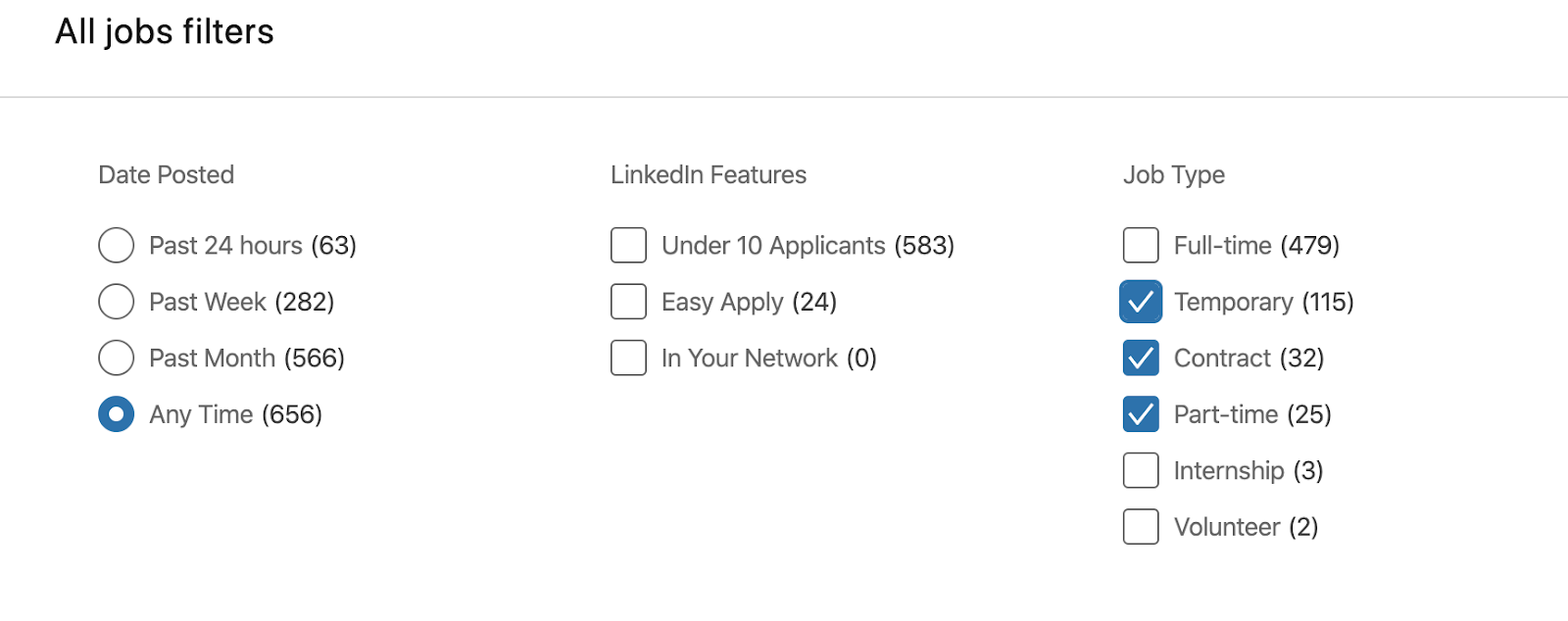
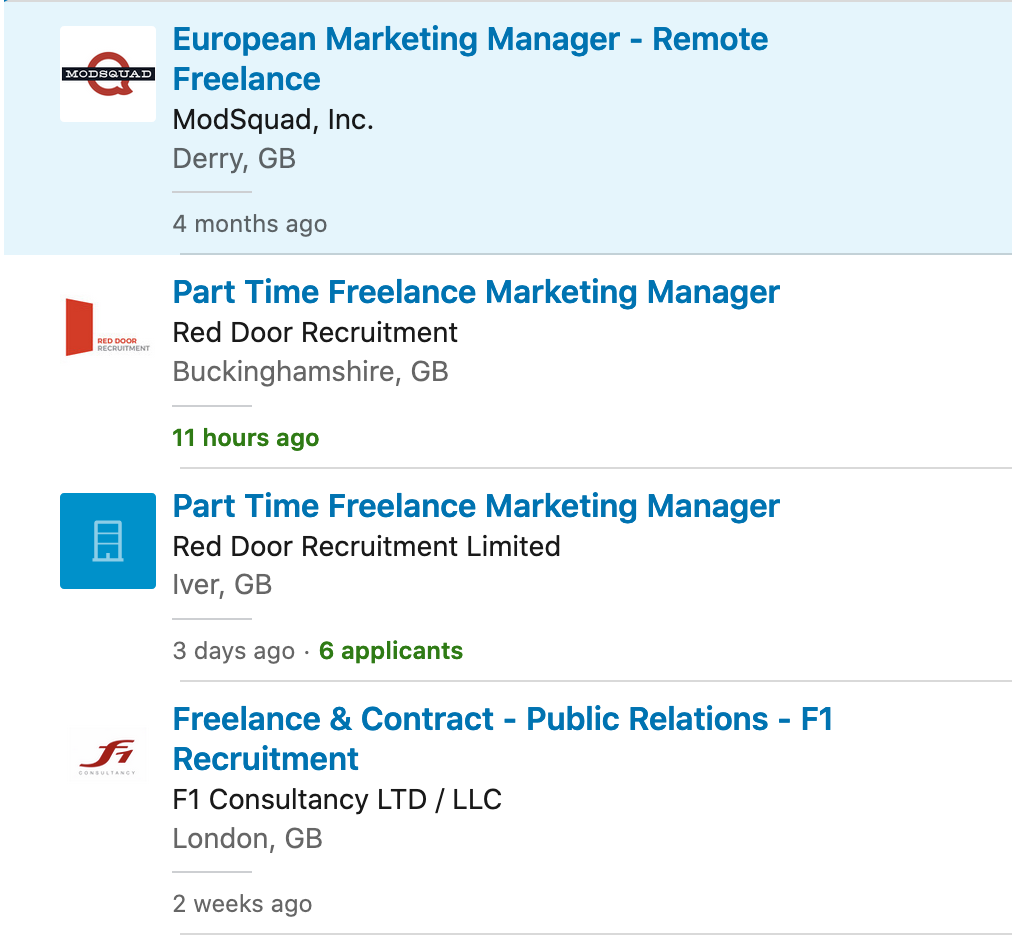
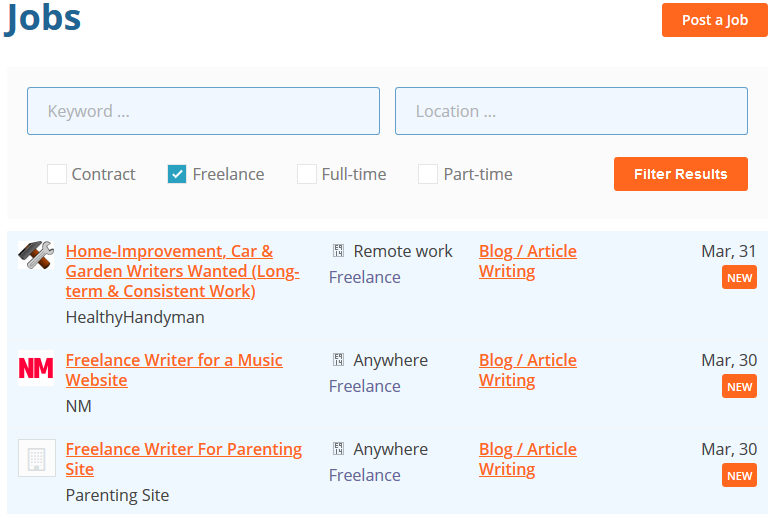
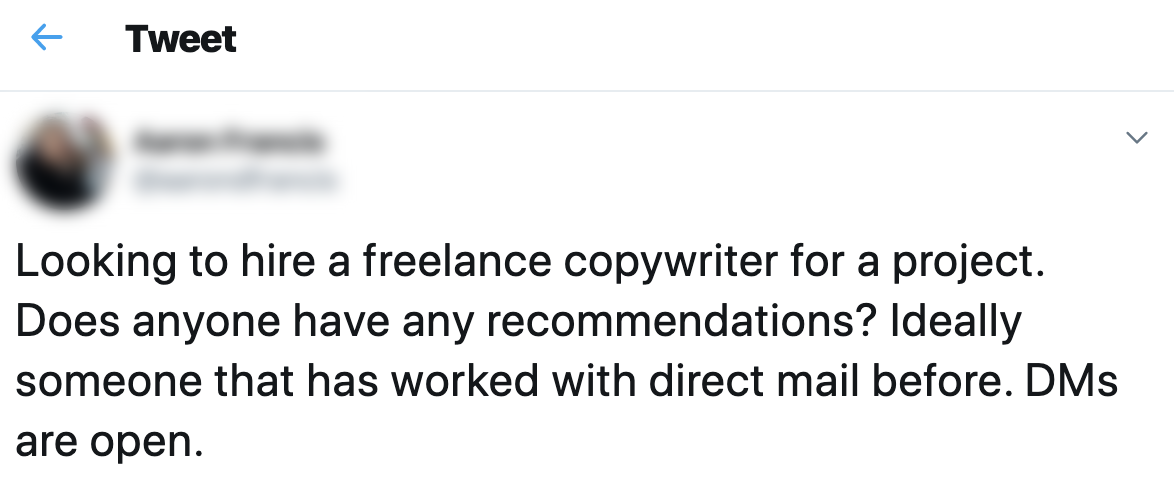
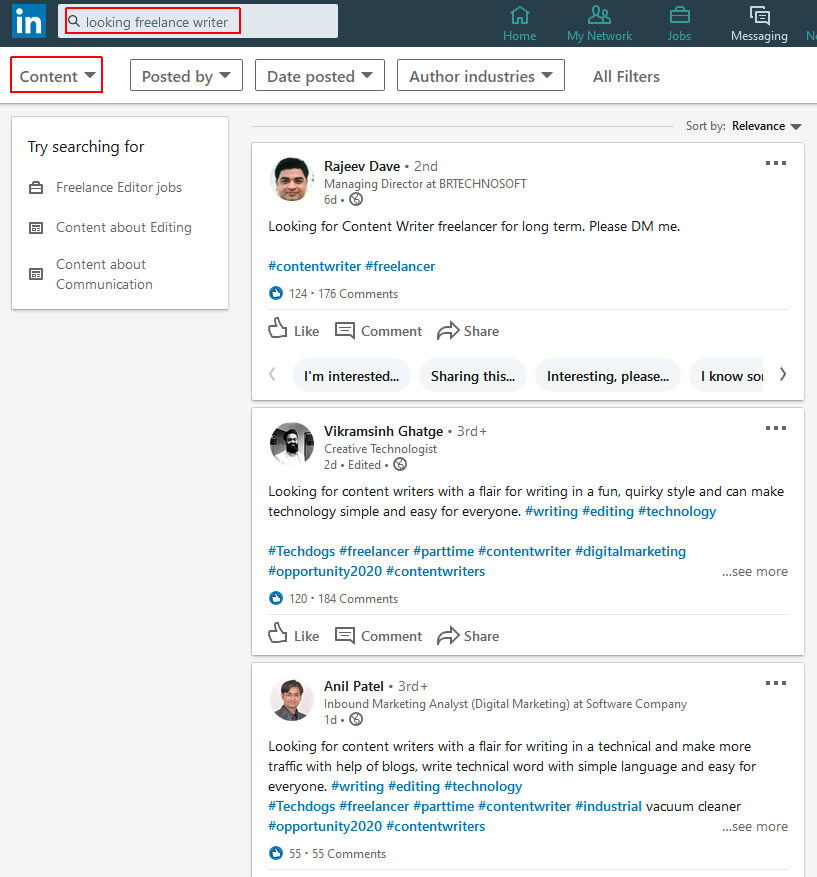
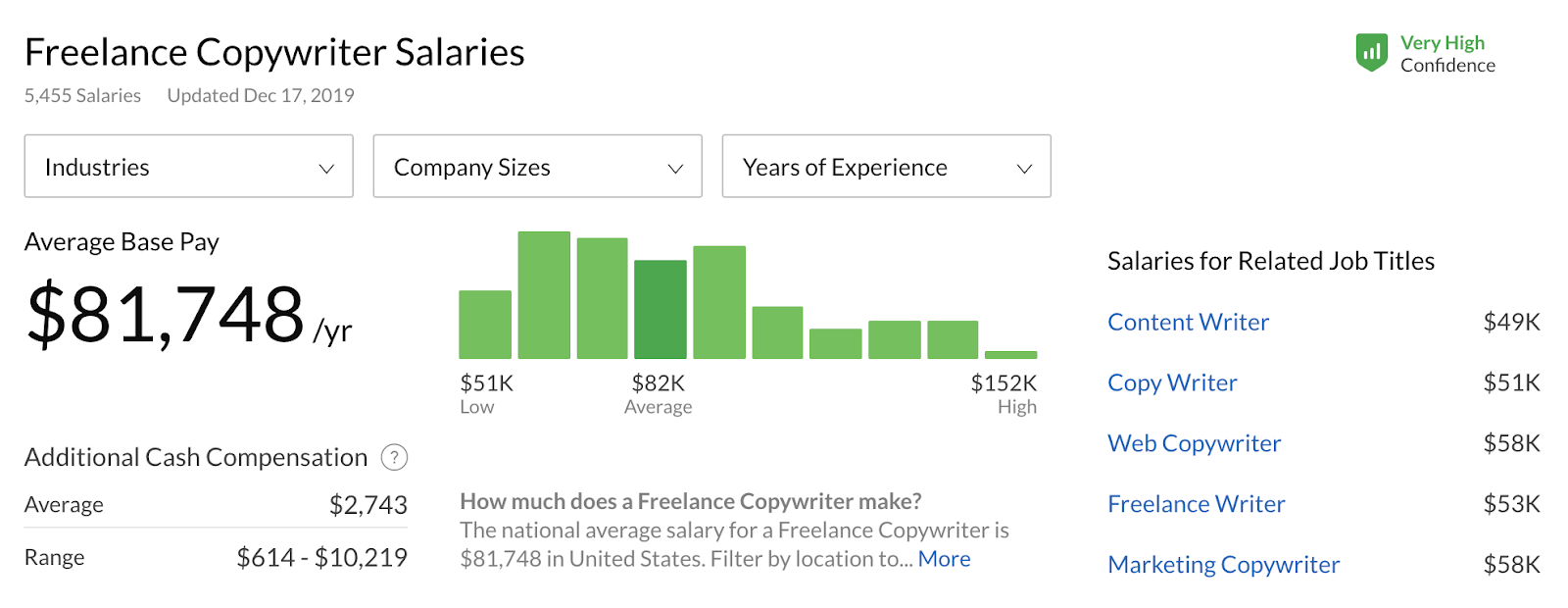
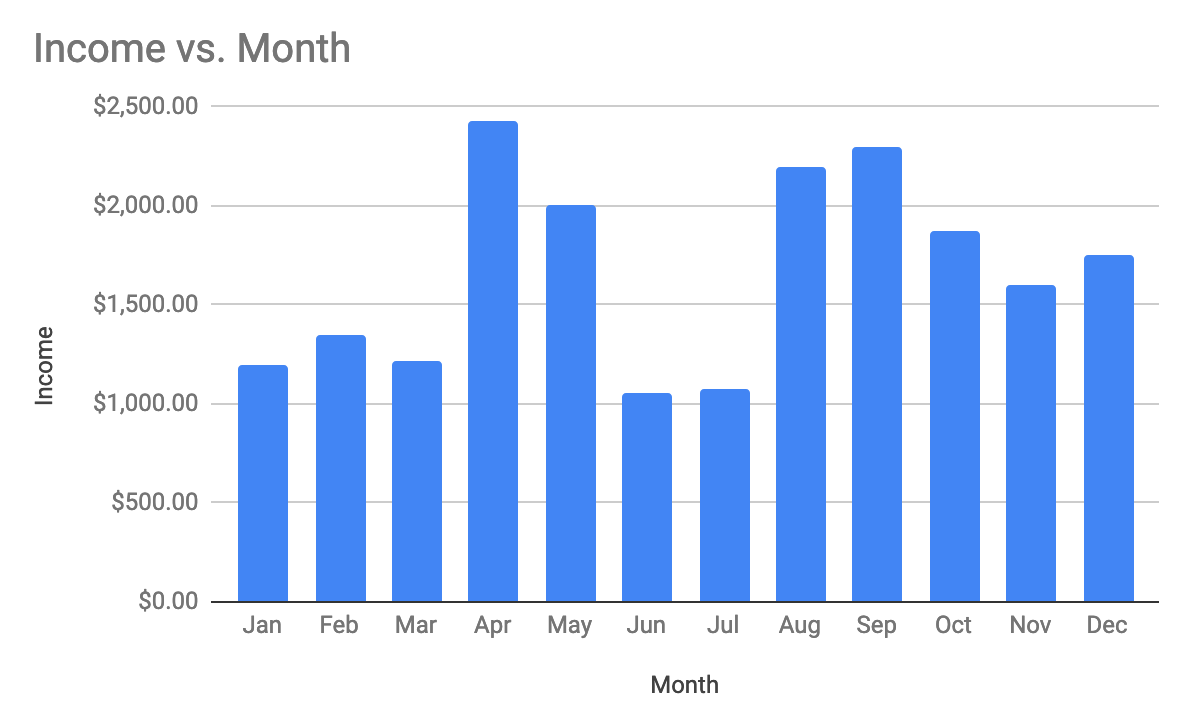
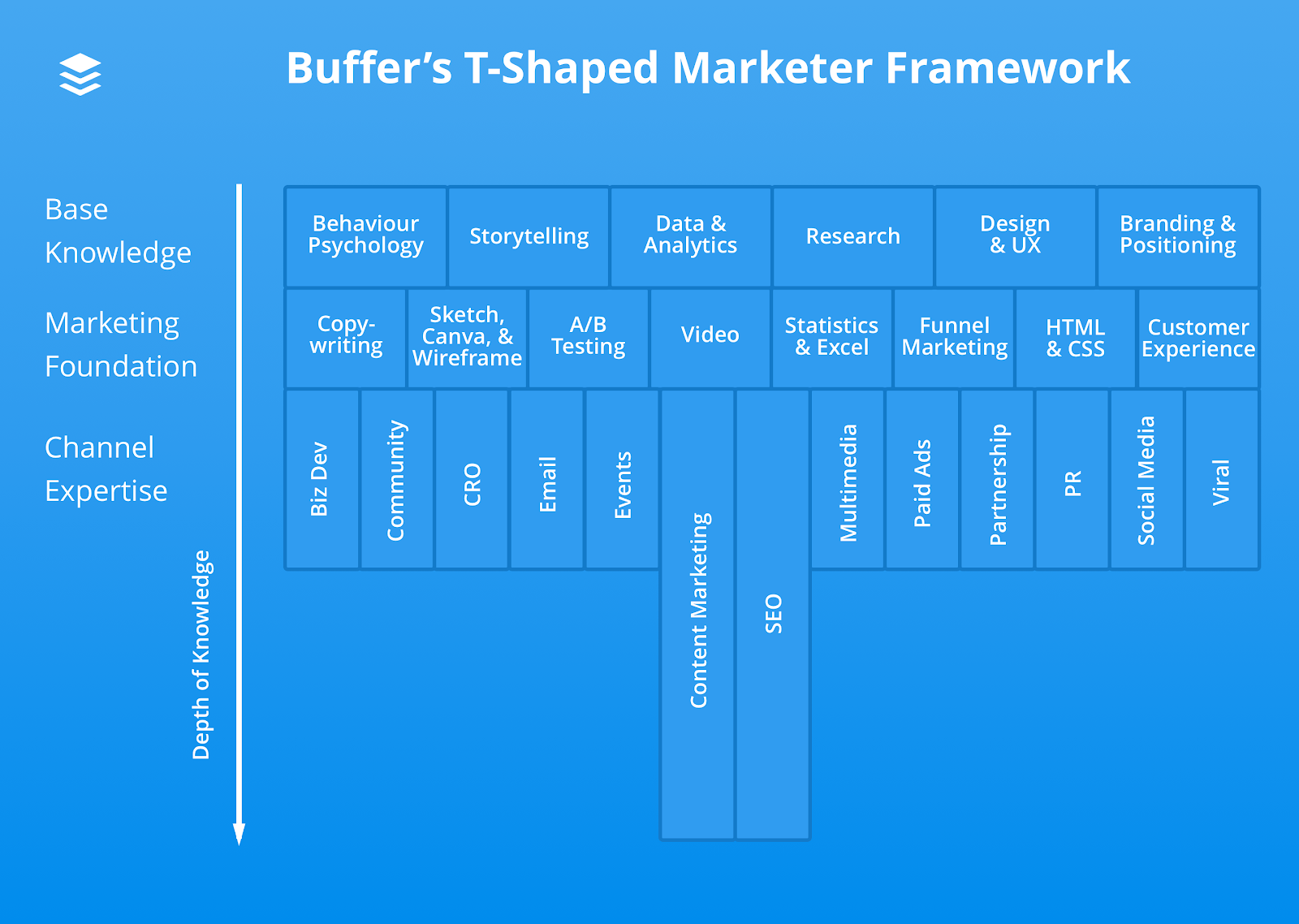
Comments